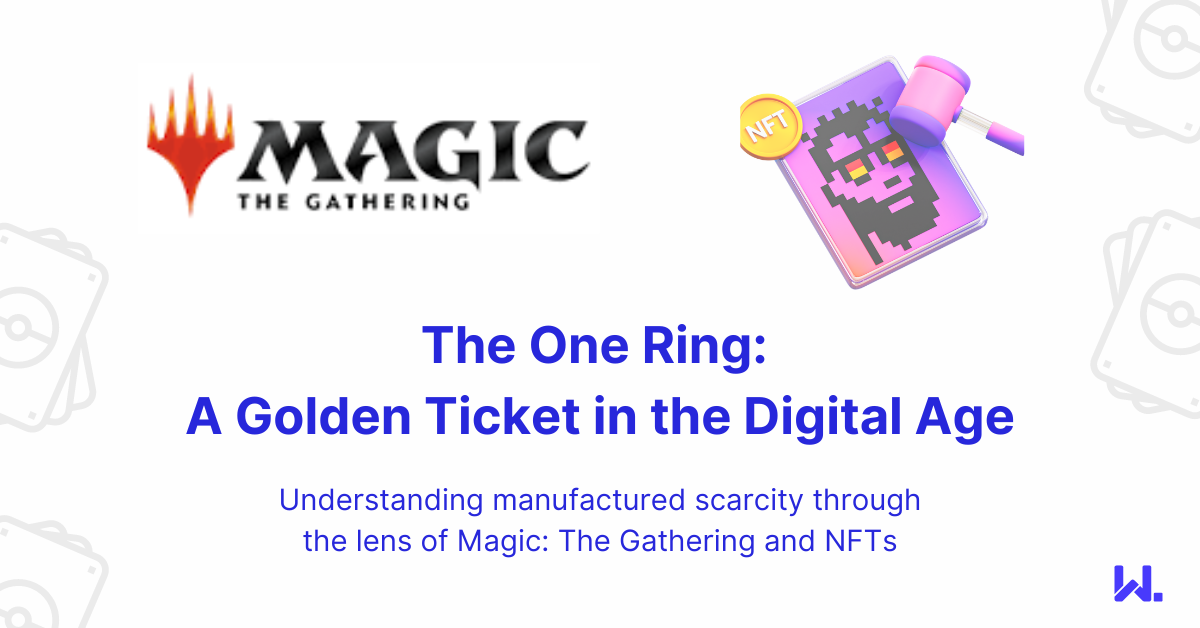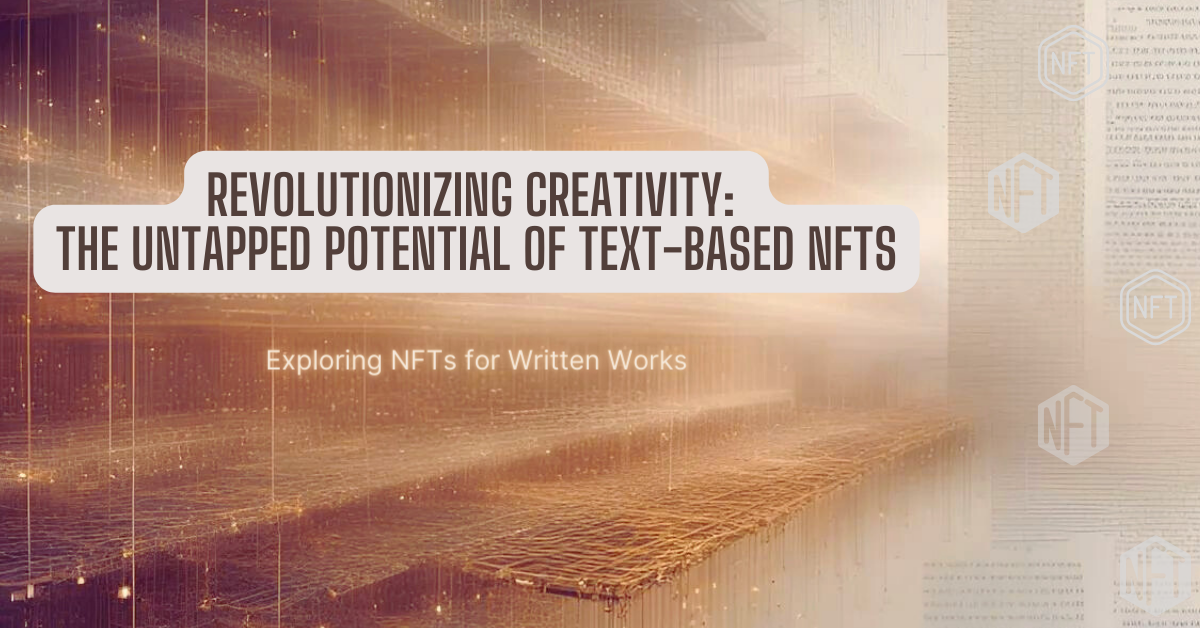Blockchain Opportunities: NFTs
Non-fungible tokens (NFTs) have been the most recent talk of the industry. In most cases, they act as collectibles. They’re a unique approach to blockchain’s immutability: owning an NFT is proof beyond dispute that you own whatever it represents. Their recent rapid rise in popularity shows that they added a whole new dimension to digital art ownership, for example. In this article, we will show why NFTs are so popular, but also whether you need to issue your own collection if you want your business to grow.
What are NFTs?
Short for non-fungible tokens, NFTs are, in other words, one of a kind. Unlike currency notes which can be swapped for equivalent notes without changing their value, NFTs are set apart from each other. This uniqueness makes them especially suitable for collectibles.
One of the first examples of NFTs were so-called CryptoKitties. They took the world by storm around 2017, congesting the Ethereum network on which they ran. Some CryptoKitties sold for hundreds of thousands of dollars. Still, the real NFT interest boom happened in 2020, when its market value tripled to over USD 250 million.
NFTs are pretty straightforward: stored on the blockchain, they are provably unique, and their ownership is indisputable. We have already covered the strengths of blockchain: one of those was records of ownership. NFTs are an example of this principle in action. The shared ledger shows that an NFT belongs to you, but it also shows who created it and when, how much you paid for it, etc. This is why they’re nowadays most often used as digital art collectibles.
Digital art has many problems that traditional art does not face. For example, nothing is holding you back from simply screenshotting a pretty image, regardless of who created it. Although there are plenty of piracy laws in effect, these are often hard to implement when it comes to visual arts. NFTs, however, let you own digital art outright. This way, you support an artist and you get some basic usage rights, for example to use it as your profile picture online.
But why buy an NFT if you can right click and download the same image? An oft used parallel is like owning a Monet print—which anyone can either buy or print out themselves—and owning the original painting. Only one person can have the original (and potentially sell it, but often simply collect and display it somewhere).
For NFT issuers, most often artists, NFTs can be a source of income. Aside from the income from the initial sale, many NFTs can be set up with smart contracts so they pay out royalties to the artist when they change hands. These royalties are often just a percentage of whatever price it goes for.
How Can NFTs Help My Business?
One of the most obvious advantages is that you can earn money by selling NFT-based art. Some Formula 1 teams are already selling exclusive images of their cars as collectibles. If your NFT grows in popularity, the royalties you receive can also generate an income. You almost don’t need too much blockchain-related knowhow: there are plenty of tutorials on how to create your own NFT. If you already have the artwork, you can turn it into an NFT in a few simple steps that depend on your marketplace of choice. Of course, on an enterprise level, you could always hire a team of artists and developers to join forces and represent your company in the best possible way.
However, an important question on everyone’s minds is if there is enough interest for NFTs. But the answer is simpler than it may seem. The assets are selling for incredible amounts of money: a Beeple NFT sold for USD 69 million at a Christie’s auction only a few months ago. NBA Top Shots is the name of NFT-based trading cards, where a LeBron James highlight sold for around USD 200,000. But these are often resale prices: many NBA NFTs went for as low as USD 9 when first sold.
Are these prices realistic? Probably not. But while the prices may seem over the top, they’re proof that there is real demand for NFTs. Even if the prices don’t stay as high as they currently are, during the hype, there is still a very real market for digital art collectibles. For a business looking to connect with crypto enthusiasts, issuing NFTs can make all the difference.
Summing Up
NFTs are another blockchain opportunity that is too good to miss. For businesses that can connect with their users and fans through art collectibles, blockchain-based NFTs bring a new dimension to the concept of ownership. The process itself is pretty straightforward and likely the simplest of all four blockchain opportunities we presented. Just upload your artwork to an NFT marketplace, and with a few clicks, you’re good to go. (Creating said artwork may not be quite as simple, however.)
What is your million dollar NFT idea? Let us know in the comments! In the meantime, to stay abreast of all blockchain trends, listen or watch This Week in Blockchain through (watch.)weekinblockchain.com, or through your preferred podcast platform. To meet others and discuss these and other topics, join us every Monday at 12pm EST / 5pm GMT on Clubhouse.


